Hollyhock Anthracnose Symptoms: Treating Hollyhock With Anthracnose
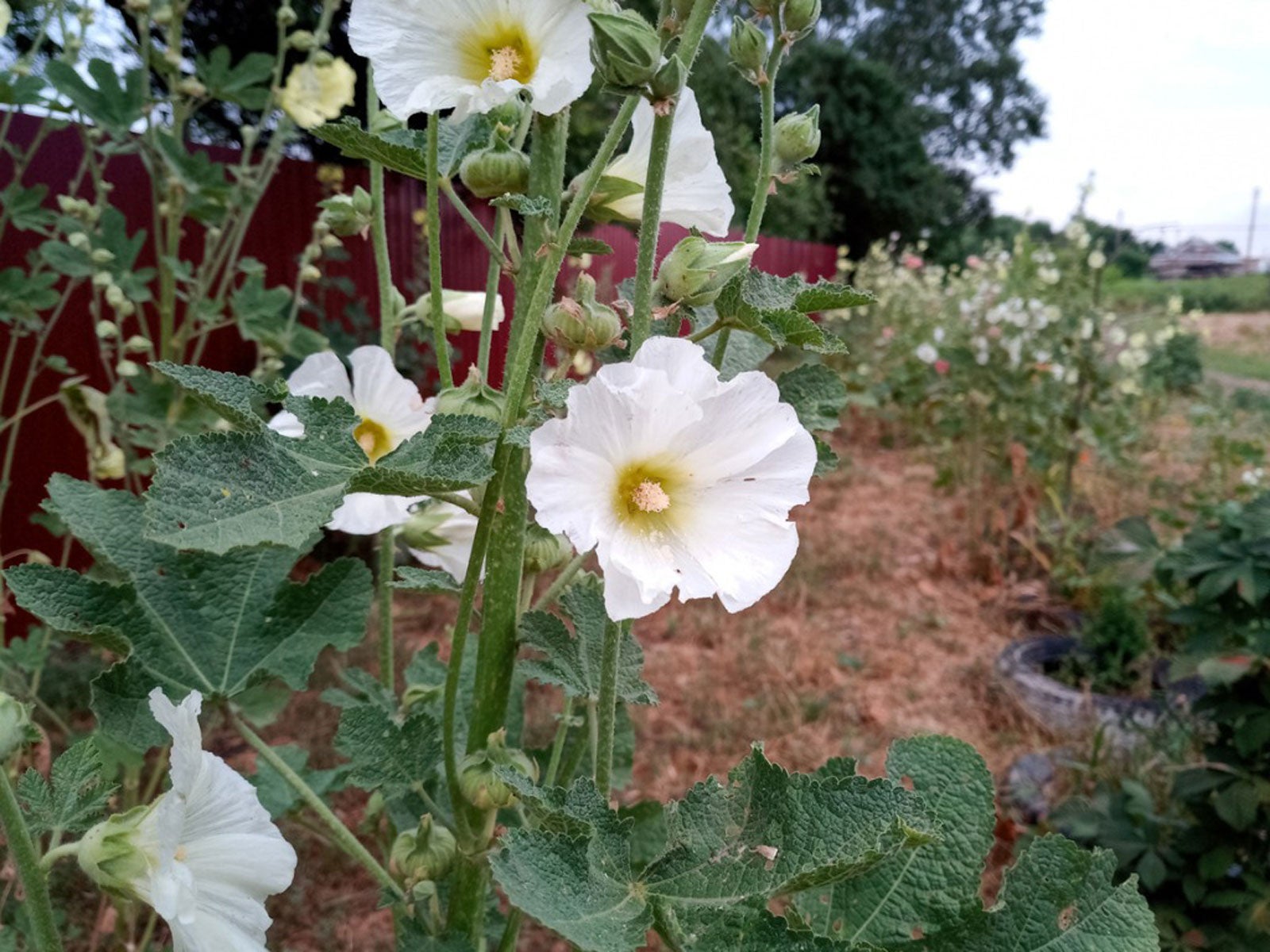

Beautifully large hollyhock flowers make a stunning addition to flower beds and gardens; however, they can be laid low by a little fungus. Anthracnose, a type of fungal infection, is one of the most destructive diseases of hollyhock. Know how to recognize, prevent, and manage this damaging disease to save your flowers.
Hollyhock Anthracnose Symptoms
This particular infection is caused by the fungus, Colletotrichum malvarum. It is a destructive disease that impacts the stems, petioles, and leaves of hollyhock plants. It’s important to know the signs and symptoms of the disease so that you can take immediate steps to get the infection under control before losing all your plants.
Hollyhock with anthracnose will develop black spots on the leaves and stems. The spots may also be tan or red. The disease spreads quickly and the spots may begin to develop pinkish, slimy spores. On the stem you’ll see black cankers. Ultimately, the leaves will wilt, yellow, and drop.
Preventing and Treating Hollyhock Anthracnose
Anthracnose on hollyhocks is deadly for the plant if you don’t take steps to manage the disease quickly. A regular application of fungicide can protect and save your plants if applied early enough. Just avoid applying fungicide when temperatures are too high, about 85 degrees F. (29 C.) and higher.
Good management of anthracnose should also include prevention. The Colletotrichum fungus thrives in warm, moist conditions and survives in the soil as well as on contaminated plant material. If you have diseased plants you cannot save, destroy them and remove all dead material from the ground. Disinfect any tools you used.
Plant hollyhock flowers with adequate space between them so that airflow will prevent collection of moisture. Avoid watering the plants from above. Keep an eye out for signs of infection and treat early. If you have had issues with this disease before, start treating hollyhocks as soon as they emerge in the spring.
Gardening tips, videos, info and more delivered right to your inbox!
Sign up for the Gardening Know How newsletter today and receive a free copy of our e-book "How to Grow Delicious Tomatoes".

Mary Ellen Ellis has been gardening for over 20 years. With degrees in Chemistry and Biology, Mary Ellen's specialties are flowers, native plants, and herbs.
-
 Get Ready For A Summer Of Hummers! Grow These Full Sun Hummingbird Plants and Flowers
Get Ready For A Summer Of Hummers! Grow These Full Sun Hummingbird Plants and FlowersIf you’re lucky enough to enjoy a sunny backyard, make sure you are maxing out on your pollinator opportunities and grow these full sun hummingbird plants and flowers
By Tonya Barnett
-
 12 Lush Alternatives To A Lawn For Sustainable Spaces
12 Lush Alternatives To A Lawn For Sustainable SpacesAlternatives to a lawn are beautiful and also beneficial to your local ecosystem and its pollinators. Explore our top picks for plants to replace grass.
By Tonya Barnett
-
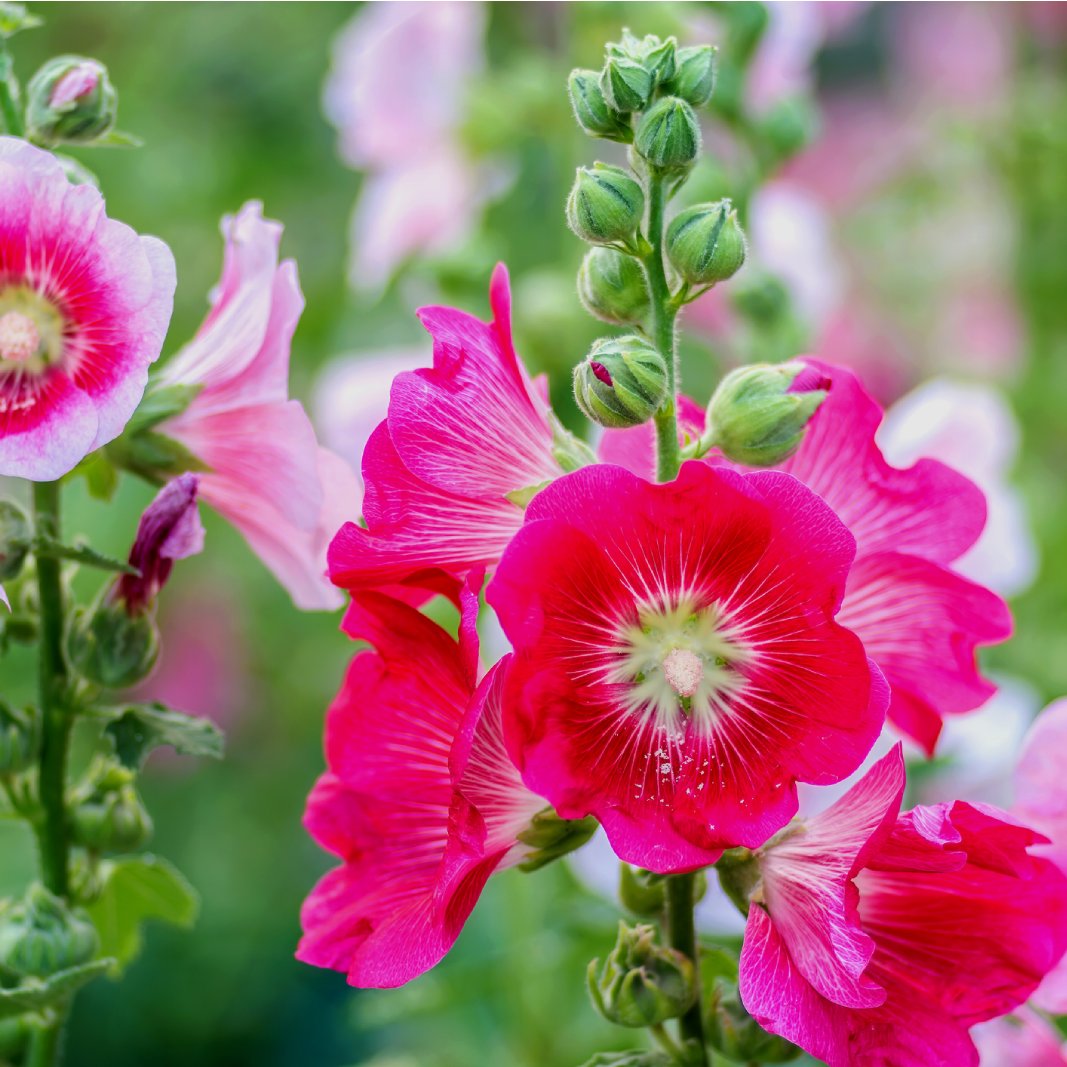 Hollyhock Feeding Made Simple: Fertilizing Hollyhocks For Better Blooms
Hollyhock Feeding Made Simple: Fertilizing Hollyhocks For Better BloomsFertilizing hollyhocks will help these old-fashioned beauties thrive and bloom, adding stately color and height to any ornamental garden.
By Tonya Barnett
-
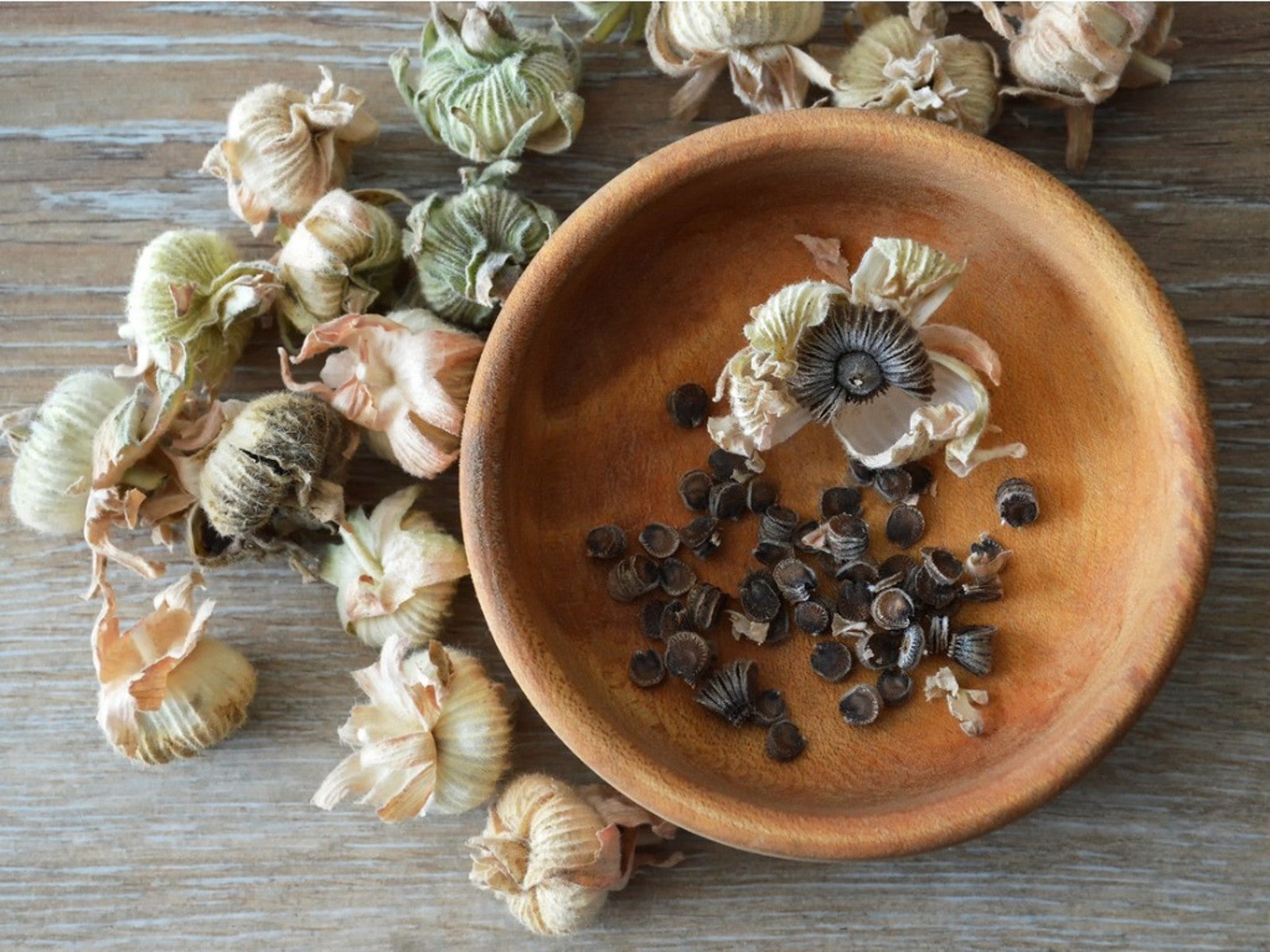 When And How To Harvest Hollyhock Seeds
When And How To Harvest Hollyhock SeedsWant to know how to harvest and collect hollyhock seeds? Click here to learn everything there is to know.
By Tonya Barnett
-
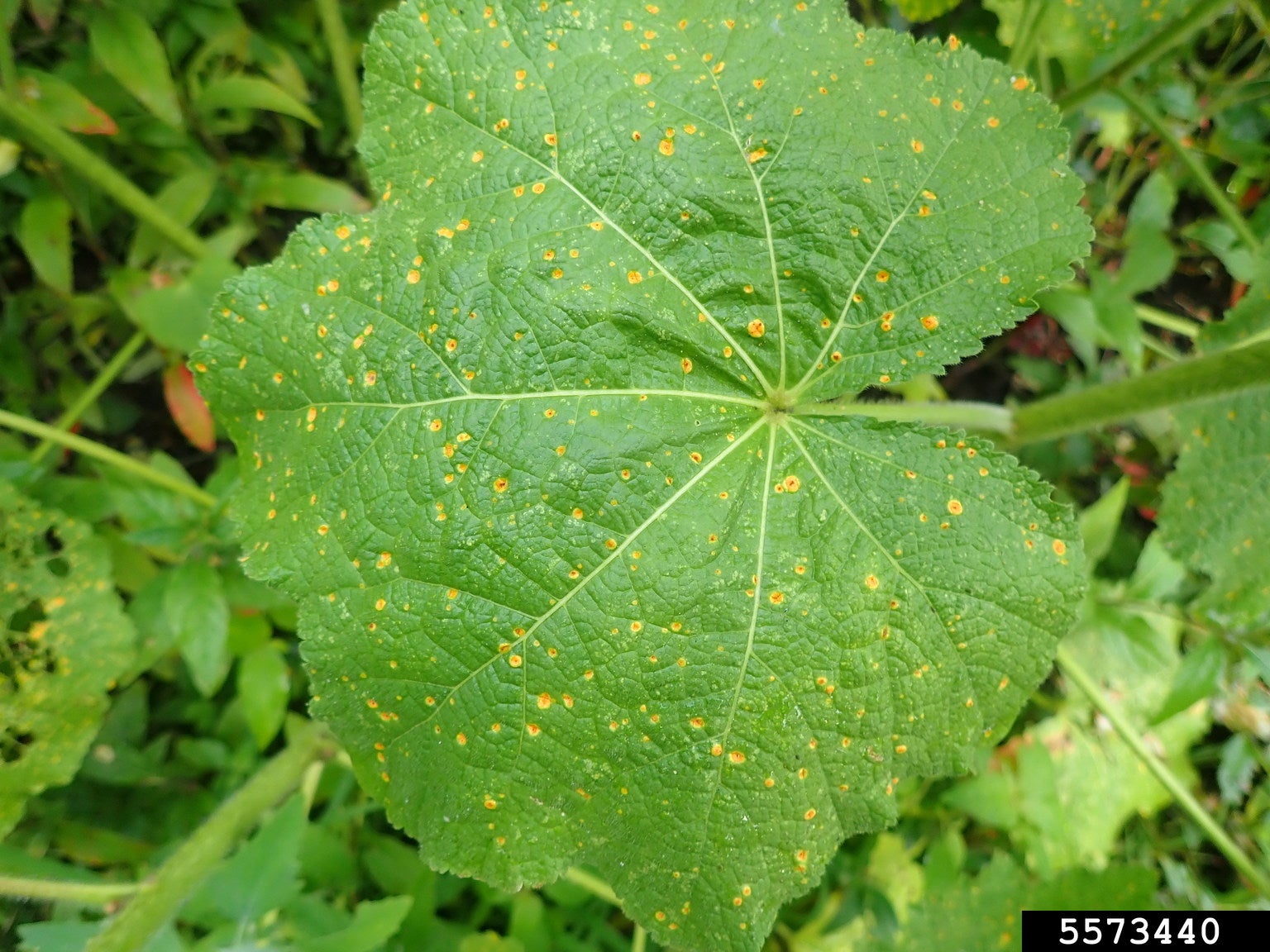 Treating Hollyhock Leaf Spot – Learn About Hollyhock Leaf Spot Control
Treating Hollyhock Leaf Spot – Learn About Hollyhock Leaf Spot ControlHollyhocks can be plagued by leaf spot diseases. Sanitation and proper irrigation generally keep the disease in check. Click here for more info.
By Mary H. Dyer
-
 Hollyhock Pest Control: Are Hollyhock Nematodes Good Or Bad
Hollyhock Pest Control: Are Hollyhock Nematodes Good Or BadYour hollyhocks are stunted with poor flower production. They wilt easily and look yellowish. You're not sure why they’re are failing. Perhaps, it's because the trouble lies under the soil. You may have hollyhock nematode problems. This article can help with that.
By Laura Miller
-
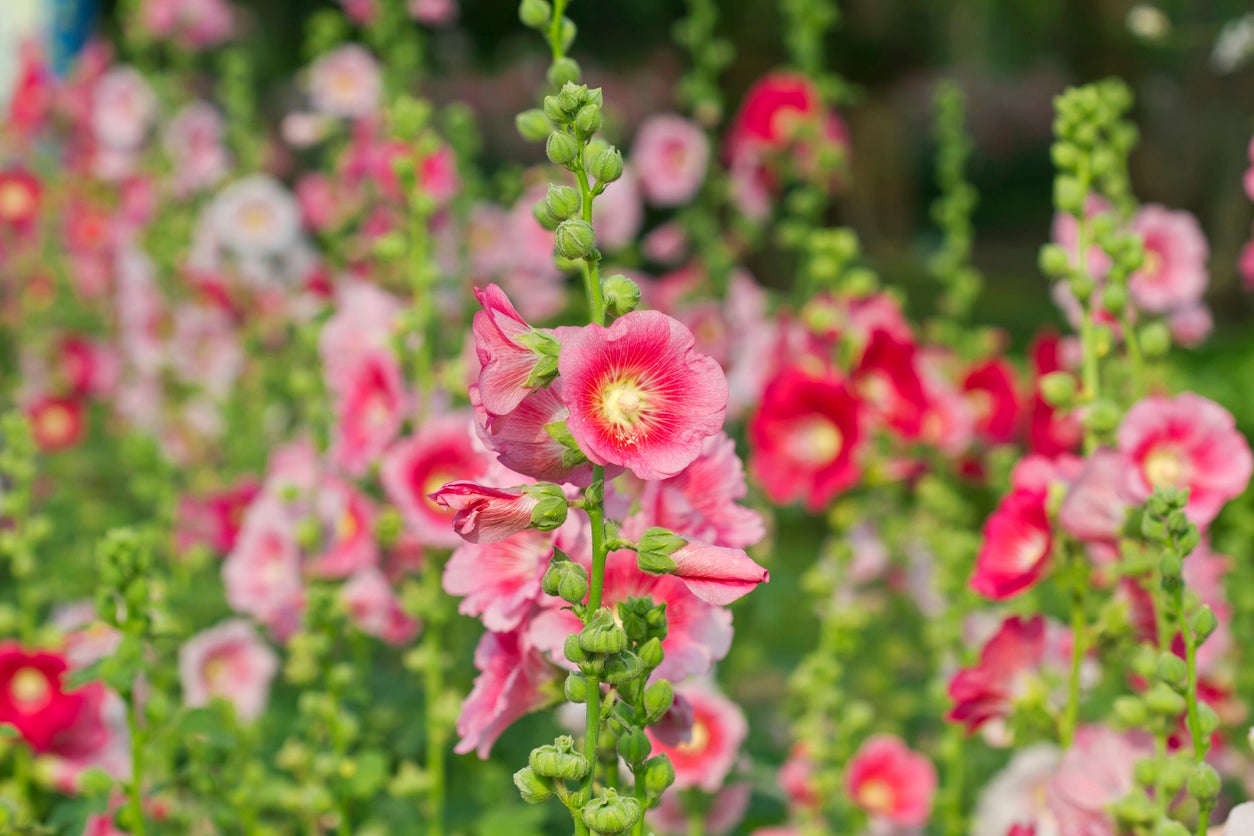 Hollyhock Flower Removal: Do Hollyhocks Need To Be Deadheaded
Hollyhock Flower Removal: Do Hollyhocks Need To Be DeadheadedHollyhocks are the showstoppers of the flower garden with towering blooms. To make the most of these gorgeous flowers, know how best to care for them. Do hollyhocks need to be deadheaded? Yes. Learn more in this article.
By Mary Ellen Ellis
-
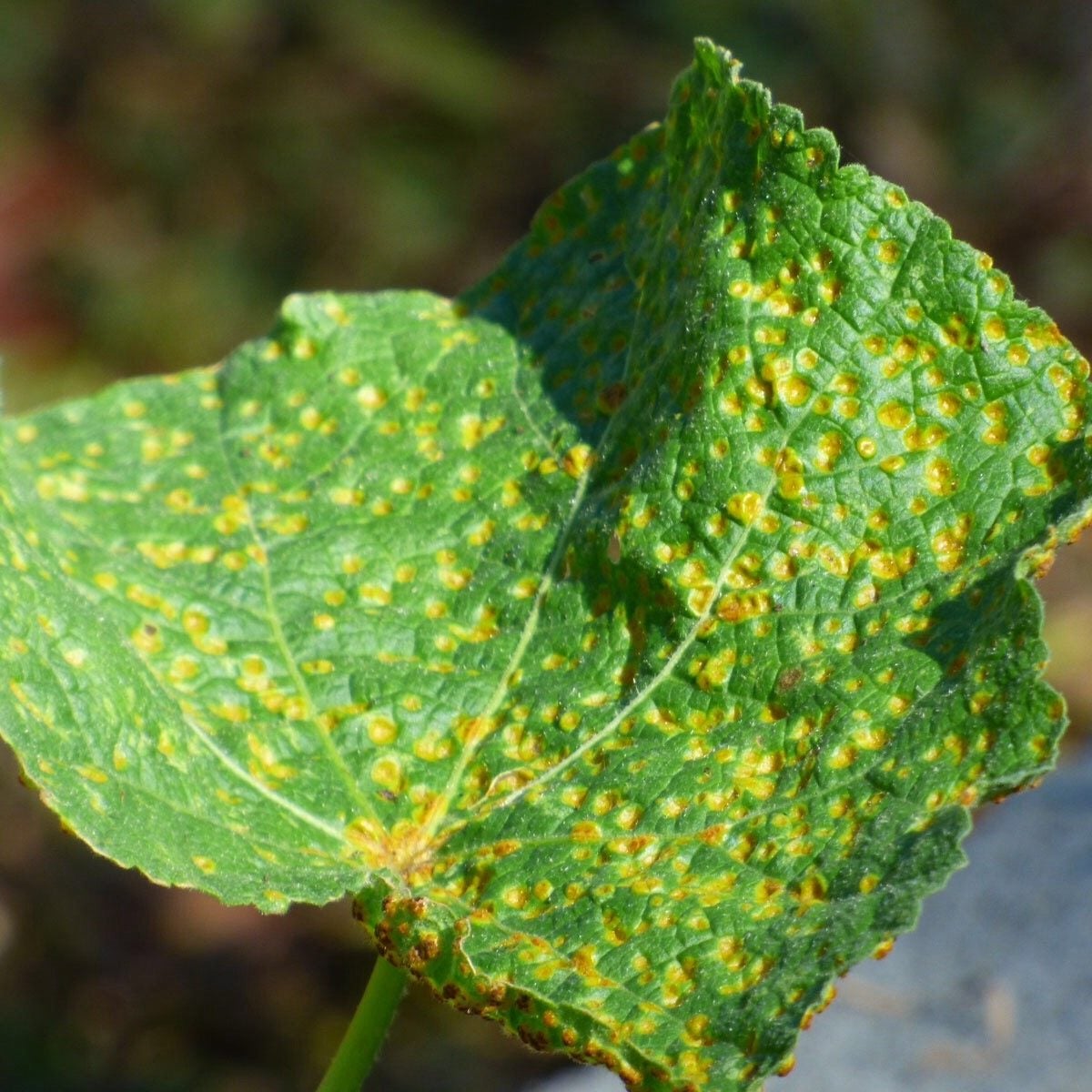 Hollyhock Rust Treatment: How To Control Hollyhock Rust In Gardens
Hollyhock Rust Treatment: How To Control Hollyhock Rust In GardensIf you've ever grown hollyhocks in a hot humid climate, you've probably seen its leaves with yellow spots on top and reddish-brown pustules on the undersides that indicate hollyhock rust. Find out how to control hollyhock rust in this article.
By Jackie Carroll
-
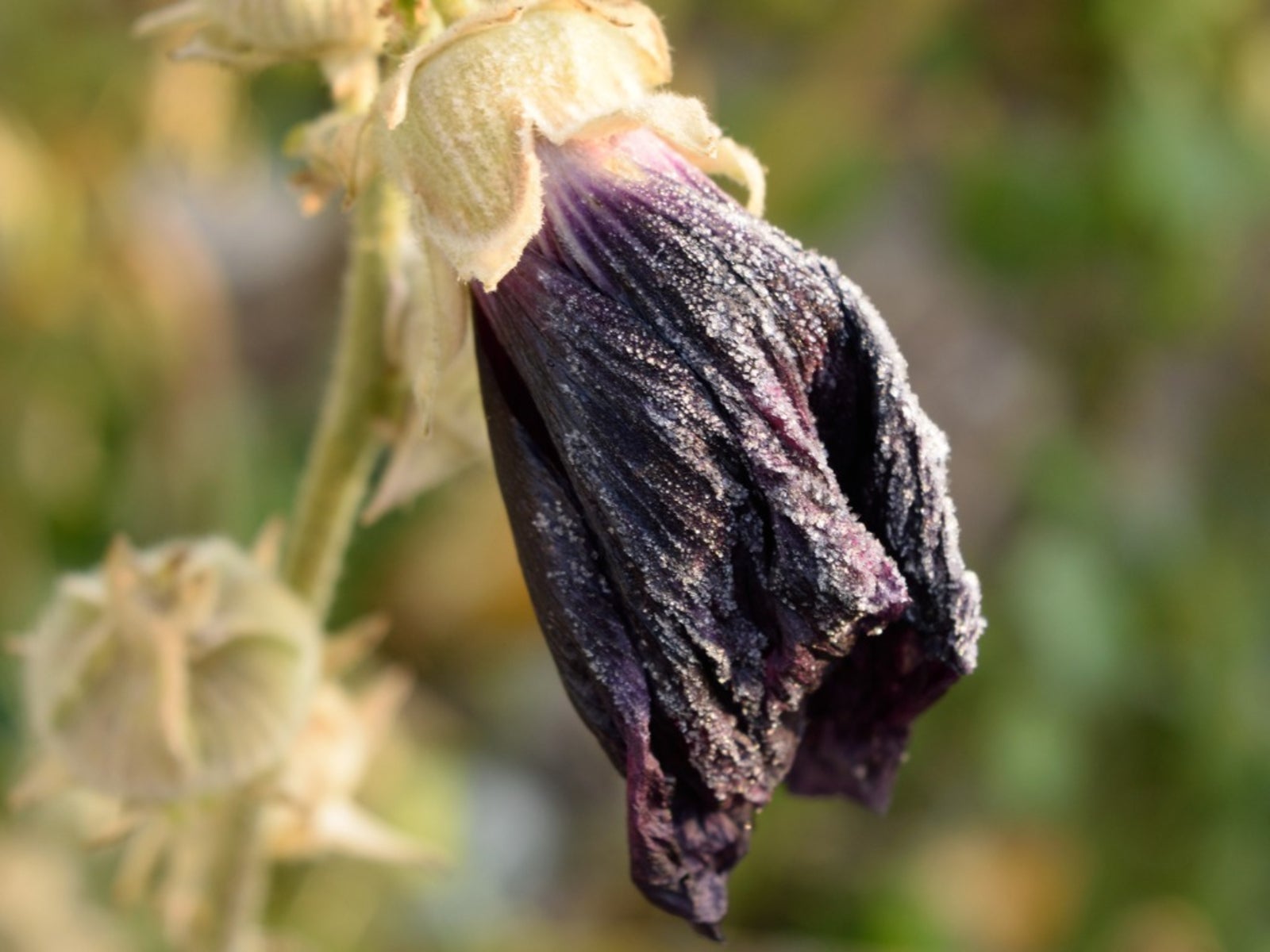 Hollyhock In Winter: How To Winterize Hollyhock Plants
Hollyhock In Winter: How To Winterize Hollyhock PlantsHollyhocks die back in winter, but you still need to protect the roots. Discover how to winterize hollyhock in this article so you can continue to enjoy their blooms next season.
By Bonnie L. Grant
-
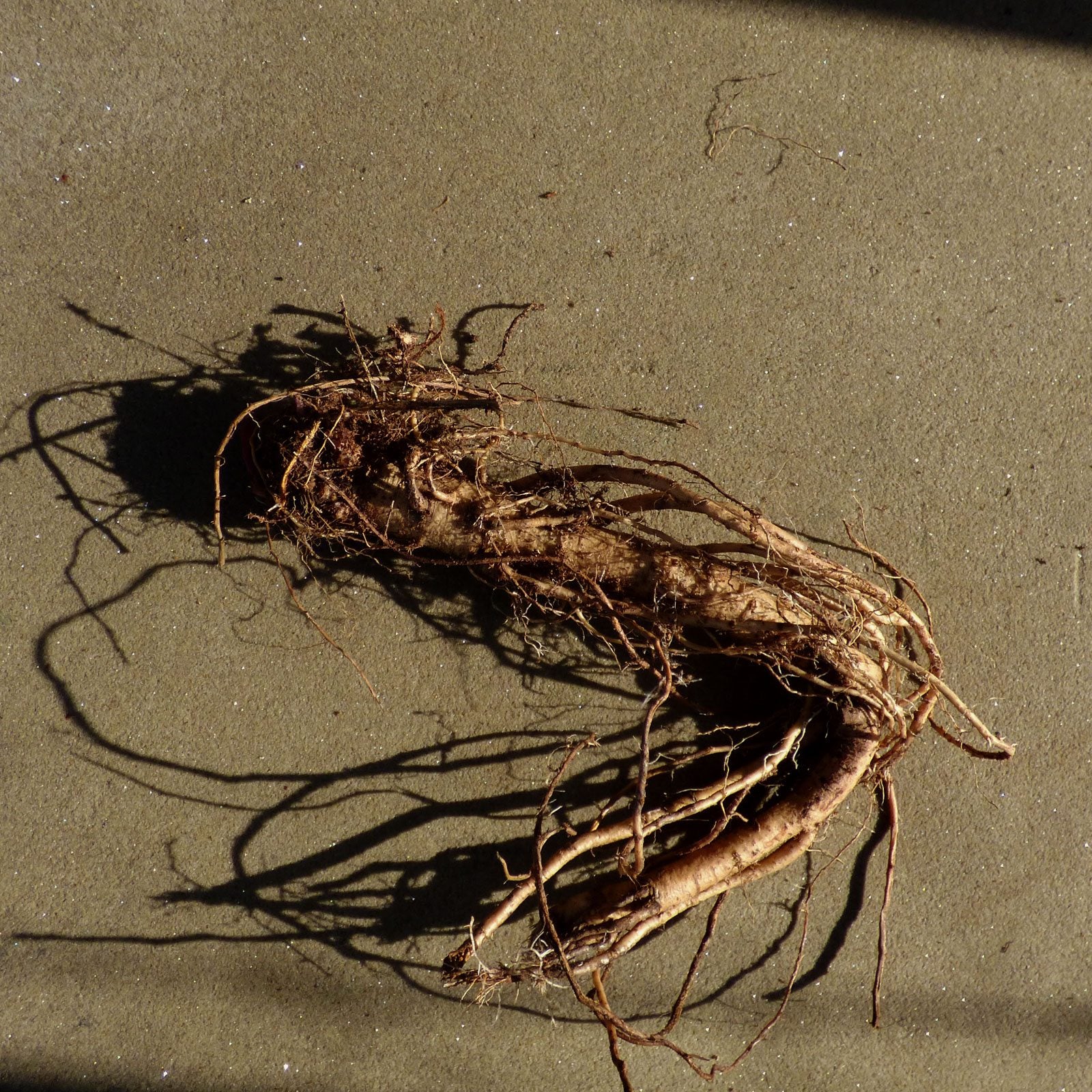 Bare Root Hollyhock Plants: Tips For Planting Hollyhock Roots
Bare Root Hollyhock Plants: Tips For Planting Hollyhock RootsGrowing hollyhocks in a sunny garden makes a statement. Planting hollyhock roots is the best way to start this large and attractive flower. Get tips on how to grow bare root hollyhocks in this article.
By Becca Badgett